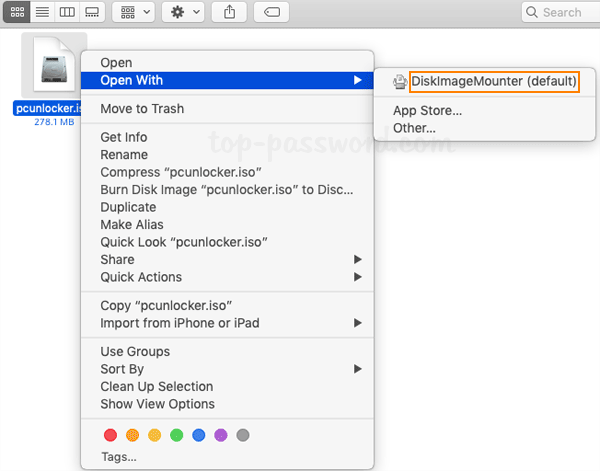

Advanced users will not be satisfied with the lack of customization features as this program simply transfers the ISO file to a USB device. While it would be better to have drag-and-drop controls, the selection process is just as simple. It will begin transferring the file once you have selected its location. The program will display a drop-down menu with all the USB flash drives connected to your computer. You will need to upload the ISO file you need to compress and select the hard drive you need to insert it to. ISO to USB keeps the burning process simple by displaying the tools on a plain gray interface. The parts of the actual system image will be unpacked and installed on to your computer.
ISO FILE SOFTWARE
This program is a vital part of the USB booting process wherein a bootable USB software can detect and extract a large compressed file.
ISO FILE PORTABLE
It makes it simpler to transfer into a portable drive. Contents can include images, videos, documents, and other programs. The purpose of the ISO to USB program is to compile all the contents of your computer and its operating system into a USB.
ISO FILE INSTALL
The ISO to USB program enables you to have a bootable Windows USB drive, install a Windows operating system to other Windows compatible devices, and back up your computer in case of system boot issues.

Correctly storing an ISO file into your USB drive not only copies the exact file, but also the data stored in the ISO image.
ISO FILE ARCHIVE
An ISO is a file format that you will find in CDs, DVDs, and Blu-ray Disc where you can archive an operating system. As a result, the contents of the ISO image will be completely unmounted.ISO to USB is a free and lightweight program that can burn an ISO image file directly to USB drives. This command will unmount the ISO image file on any Linux distribution. Specify the path in the command to unmount the ISO image. You need to replace MountLocation in the aforementioned command with the file's mount location, specified while mounting the file. To unmount the file, you need to enter the following command: sudo unmount /MountLocation Before unmounting the contents of the ISO file, you need to know where you mounted the files in the first place. Similar to the mount command, the meta unmount command unmounts the ISO file.
ISO FILE HOW TO
ls /media/iso How to Unmount ISO Files Using the Terminal To list the contents of the ISO file, use the ls command. The files will be in read-only mode by default, and thus, you won’t be able to modify them. Once you have mounted the ISO file, head over to the directory /media/iso using the file manager or the terminal. sudo mount /ISOPath/Filename.iso /media/iso -o loopįor example, if your file path is /home/test and the ISO filename is Random.iso, then the command will be: sudo mount /home/test/Random.iso /media/iso -o loop Make sure to replace /ISOPath/Filename.iso with the location of your ISO file.

Now, attach the mounting point to the ISO file using the mount command. Launch the terminal and create a mounting point using the mkdir command: sudo mkdir /media/iso Here’s how you can mount ISO files using the Linux command line: The mount command allows users to extract or attach ISO image files to a specific directory. How to Mount ISO Files Using the Terminal You can also use sudo to run the commands as a superuser. Most Linux distributions ship with the mount utility that provides commands for mounting and unmounting an ISO.īut first, make sure to log in as a root user. If you are using a Linux-based operating system, there is no additional software required for mounting ISO files. Here are the steps for mounting ISO images on Linux. You can mount and unmount ISO images on Linux using both command line and graphical methods. Since Linux is a terminal-focused operating system, mounting and unmounting ISO files require special tools and commands. On Linux-based machines, mounting ISO images might seem complex to beginners. Manufacturers use ISO files to save on shipping and hidden charges incurred in delivering CDs and DVDs. An ISO file is a soft copy of the DVD or CD content, instead of a hard copy.


 0 kommentar(er)
0 kommentar(er)
